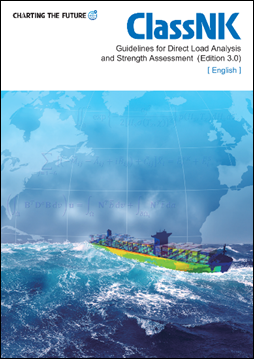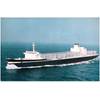ClassNK Releases Strength Guidelines Based on Latest Wave Data
ClassNK has released "Guidelines for Direct Load Analysis and Strength Assessment (Edition 3.0)" following the revision of IACS Recommendation No. 34 earlier this year.
The guidelines specify the requirements for conducting hull strength assessments based on the latest wave data.

IACS Recommendation No. 34 provides advice on sea states as well as wave spectrum, spreading, heading distribution and vessel speed. Its wave statistics are intended for use in the design of sea-going ships above 90 meters (295 feet), including the effect of bad weather avoidance. It is based on North Atlantic trade, which represents the most severe conditions ships tend to operate in.
Following indications that the representation of North Atlantic waves in the existing IACS Recommendation No. 34 may have become outdated, IACS began work in 2016 on a long-term review of wave data. The more modern data showed an increase in mean significant wave height for the North Atlantic and that more extreme weather is being experienced in recent years, including the existence of rogue waves and the possible effects of climate change.
ClassNK’s Rules and Guidance for the Survey and Construction of Steel Ships and IACS Common Structural Rules stipulate that hull strength assessments based on finite element analysis should be conducted as part of classification requirements. In the evaluation, the load must be estimated using simplified formulae that utilize data from existing ships, depending on ship type and other relevant factors. The new guidelines specify the classification requirements for the relevant analyses.
The class notation “PS-DA-DLA” and/or “PS-FA-DLA” are respectively affixed to the classification characters of a ship when strength assessments have been carried out for all cargo areas in accordance with the guidelines.
Related News


